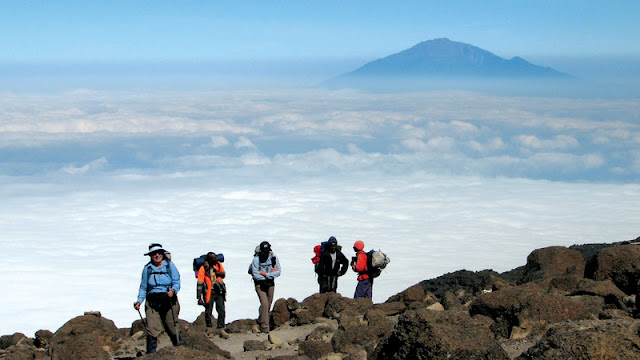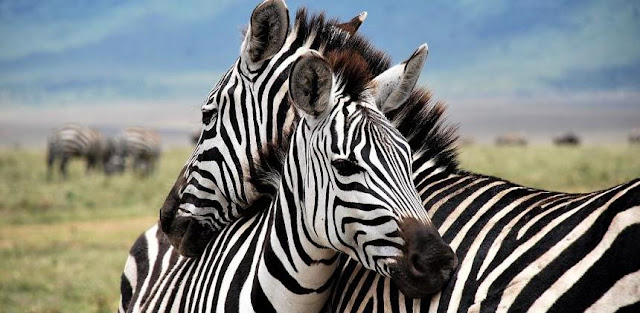FOOD ON KILIMANJARO
FOOD ON THE MOUNTAIN
What do you eat on the mountain.
Remember to tell your agency if you have any special dietary requirements – because both meat and nuts form a substantial part of the food on Kilimanjaro. One of the marvels of a trek on Kilimanjaro is the skill with which the cooks are able to conjure up tasty and nutritious food despite little in the way of equipment and ingredients. They are also able obey almost any dietary restrictions, so that vegans, vegetarians, gluten and lactose intolerants and those with restrictions due to their religious beliefs are all accommodated. Just make sure you tell your company in advance of any dietary restrictions you may have.A typical Kilimanjaro breakfast will involve eggs (boiled or fried), porridge, a saveloy (possibly with some tomatoes too), a piece of fruit such as a banana or orange, some bread with jam, honey or peanut butter and a mug or two of tea, hot chocolate or coffee.Lunch on Kilimanjaro is usually prepared at breakfast and carried by the trekker in his or her daypack. This packed lunch often consists of a boiled egg, some sandwiches, a banana or orange, and some tea kept warm in a flask and carried by your guide. KINAPA are trying to stop trekking operators from making cooked lunches along the trail for environmental reasons.At the end of the day’s walking, afternoon tea is served with biscuits, peanuts and, best of all, salted popcorn. The final and biggest meal of the day, dinner usually begins with soup, followed by a main course including chicken or meat, a vegetable sauce, some cabbage, and rice or pasta; if your porters have brought up some potatoes, these will usually be eaten on the first night as they are so heavy.




Comments